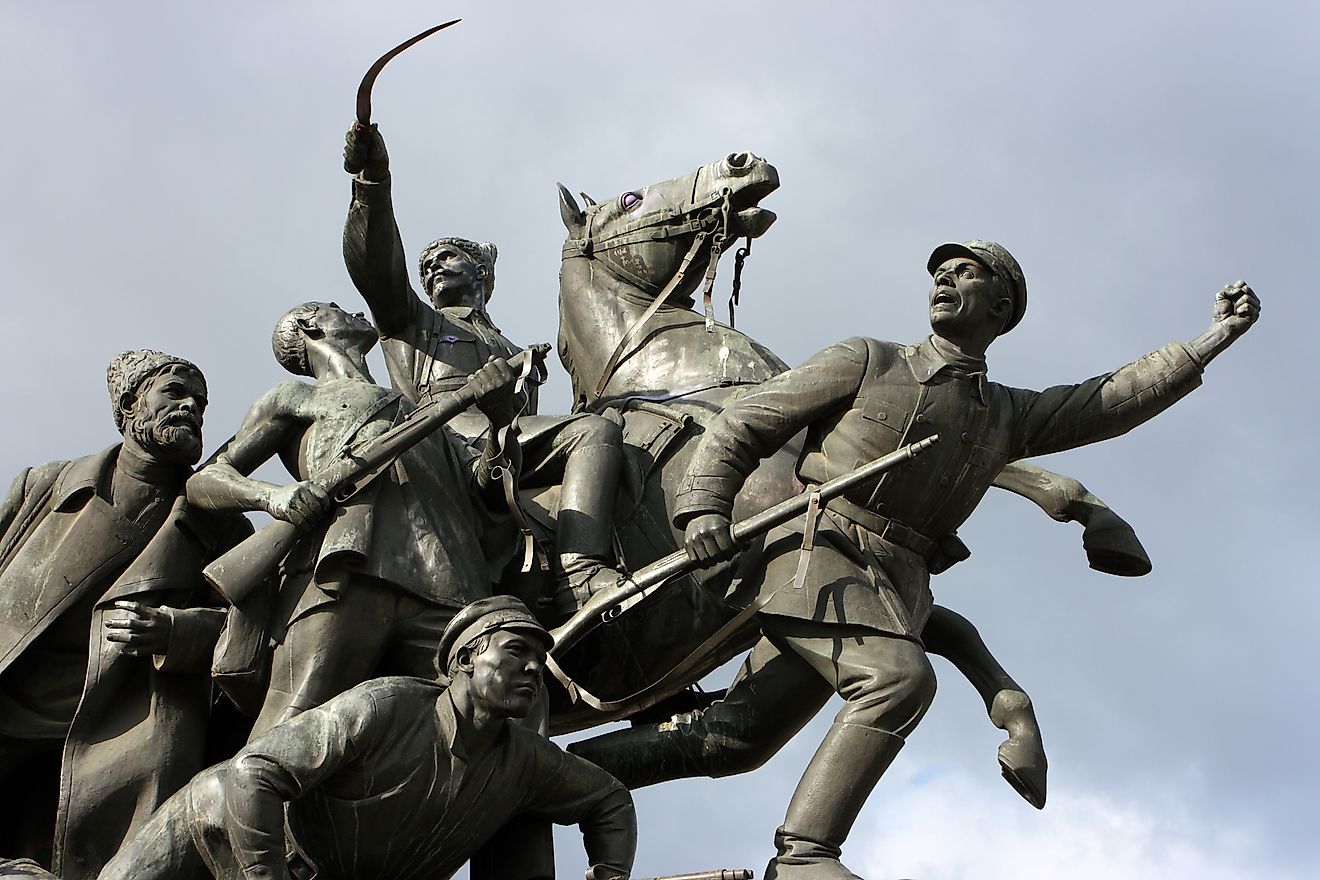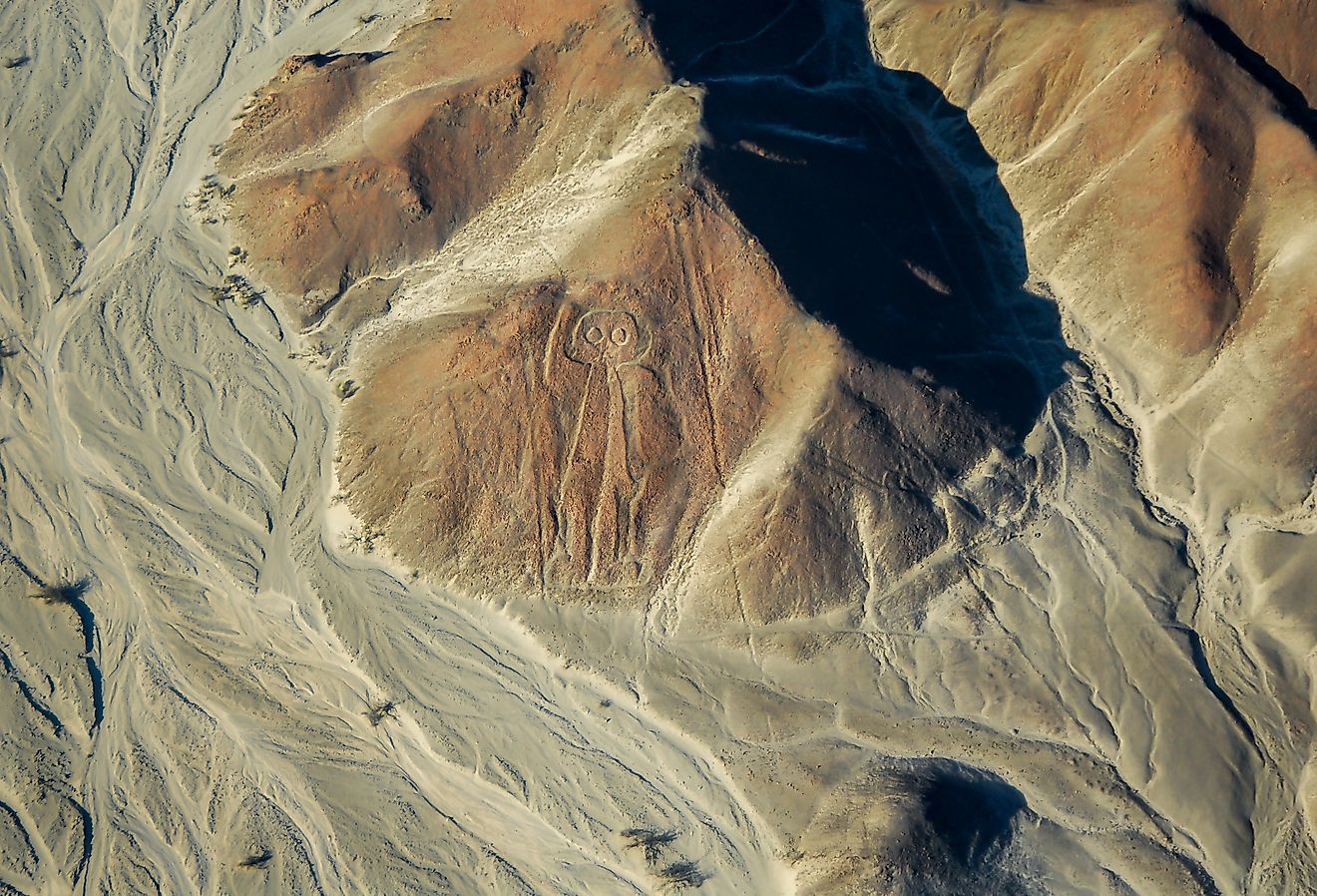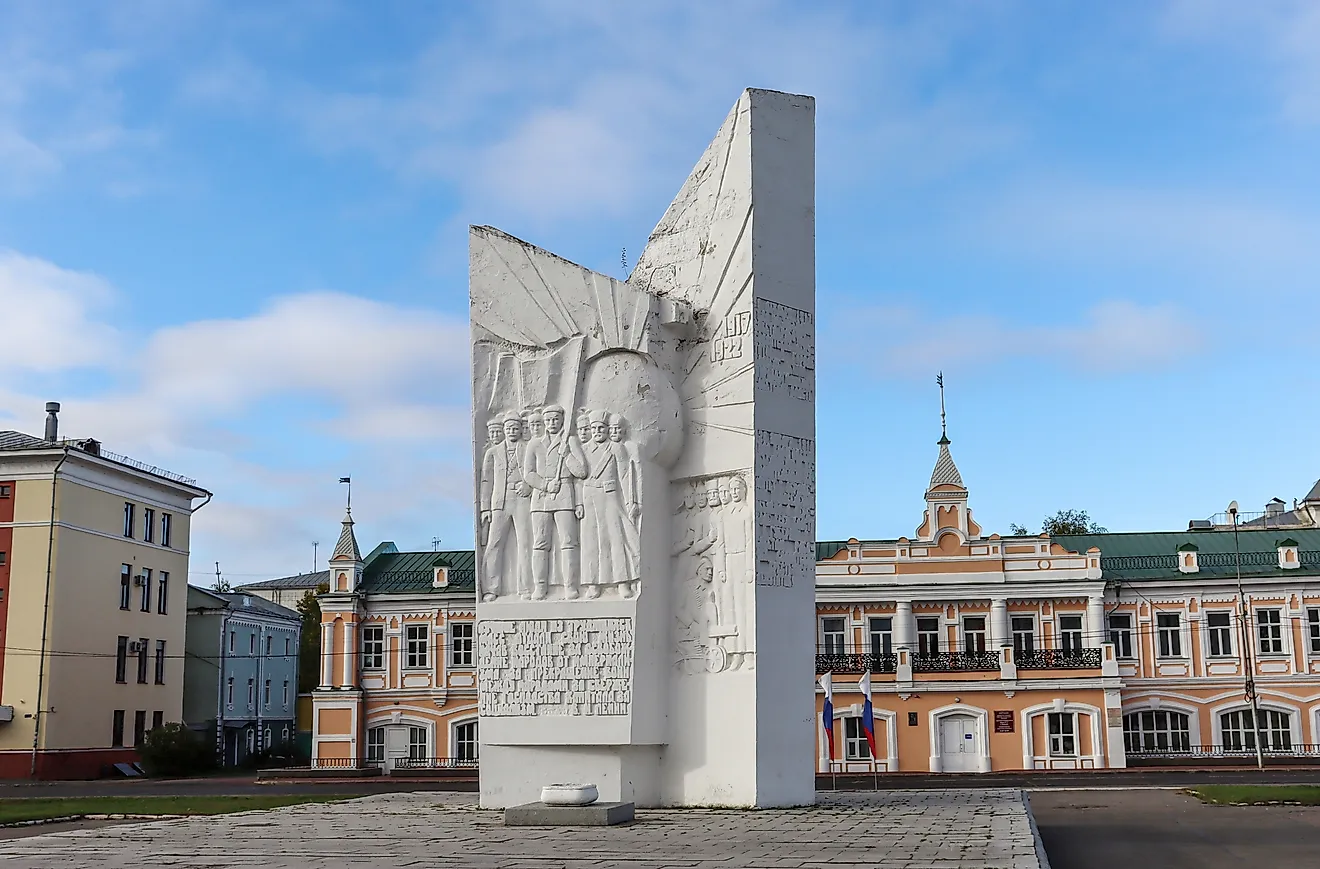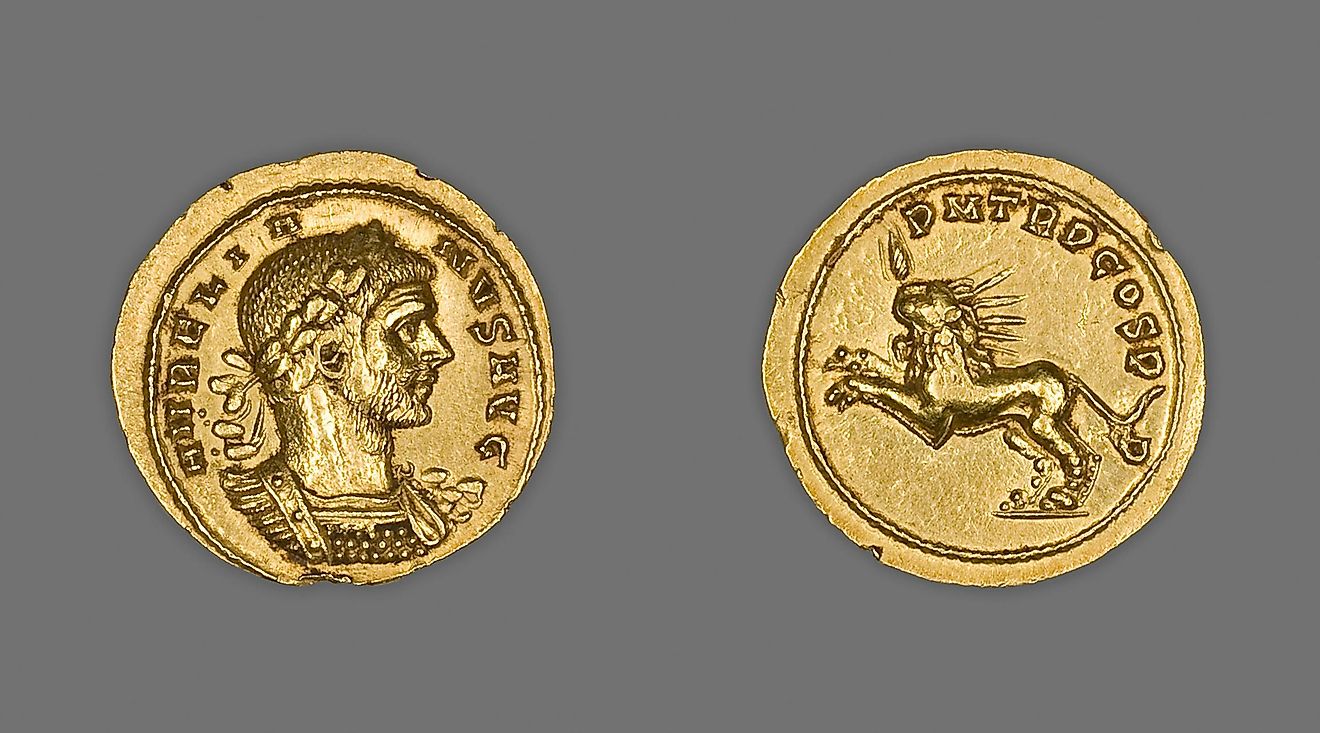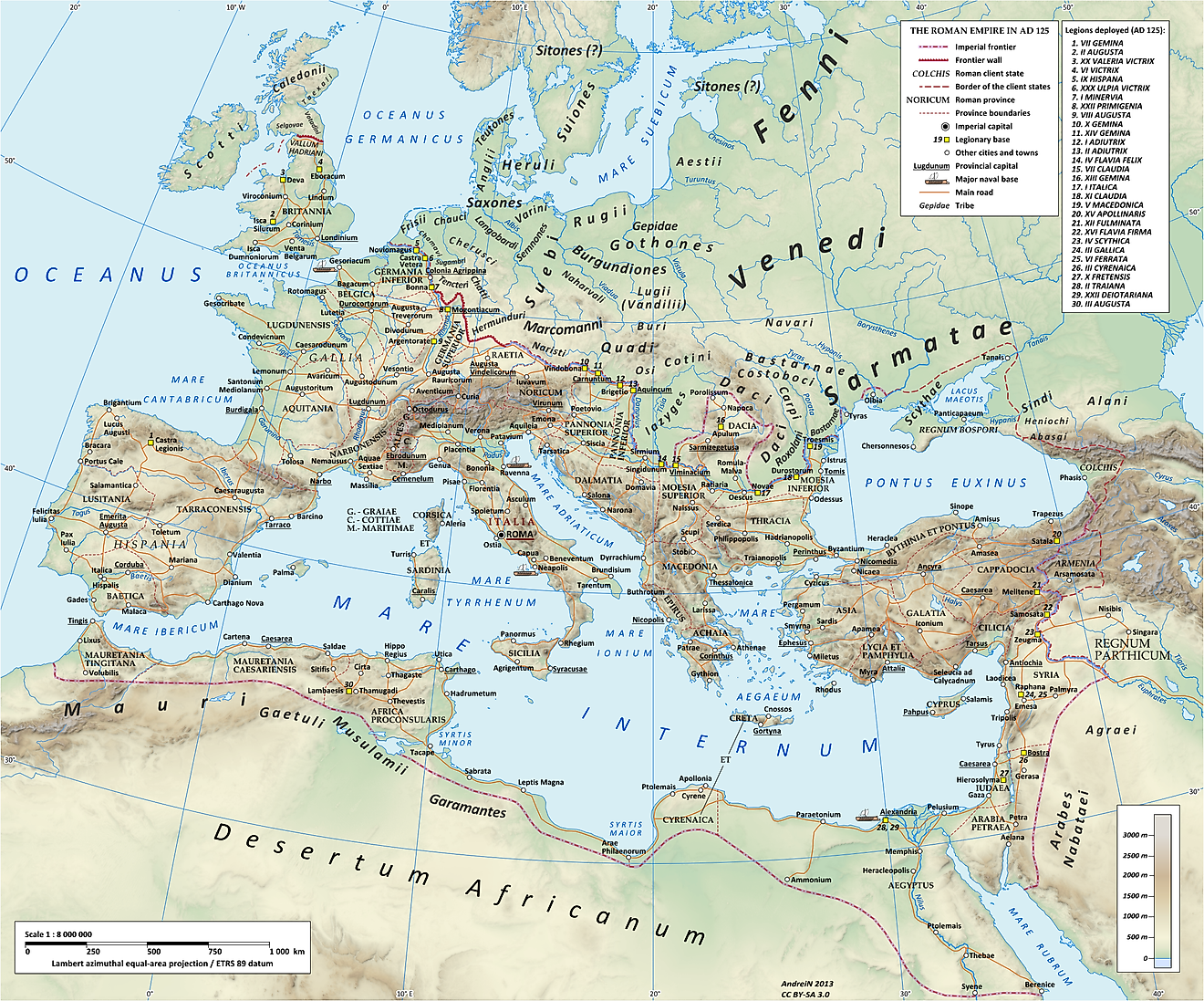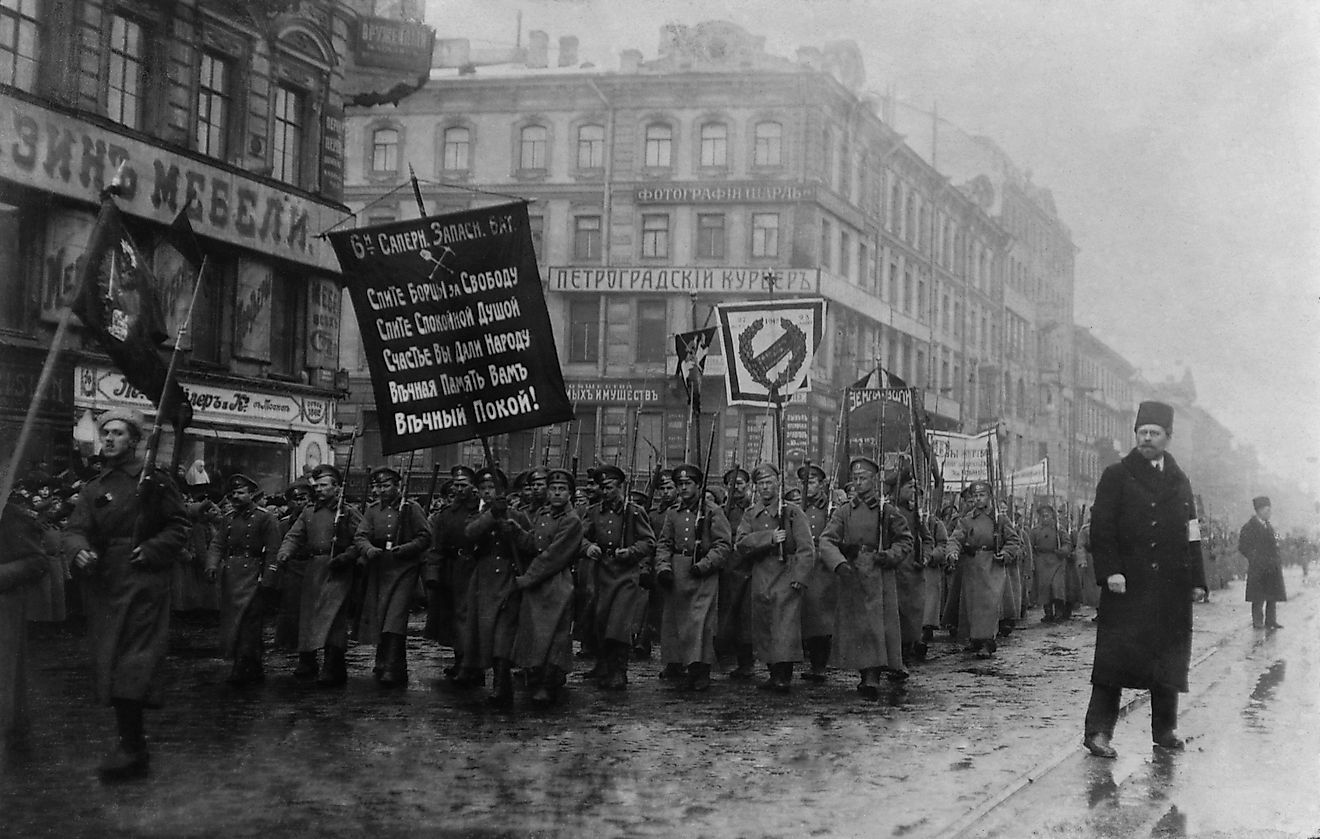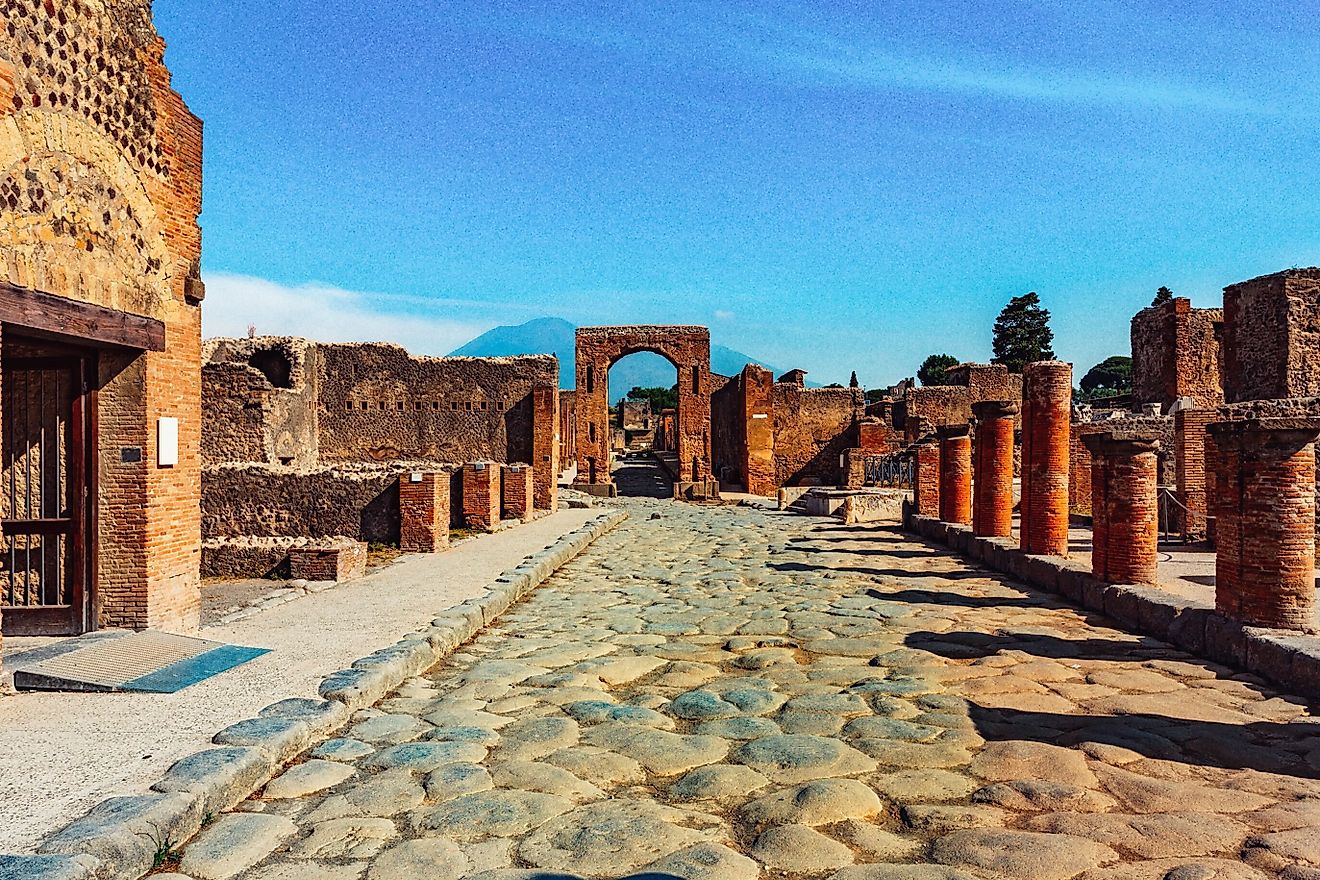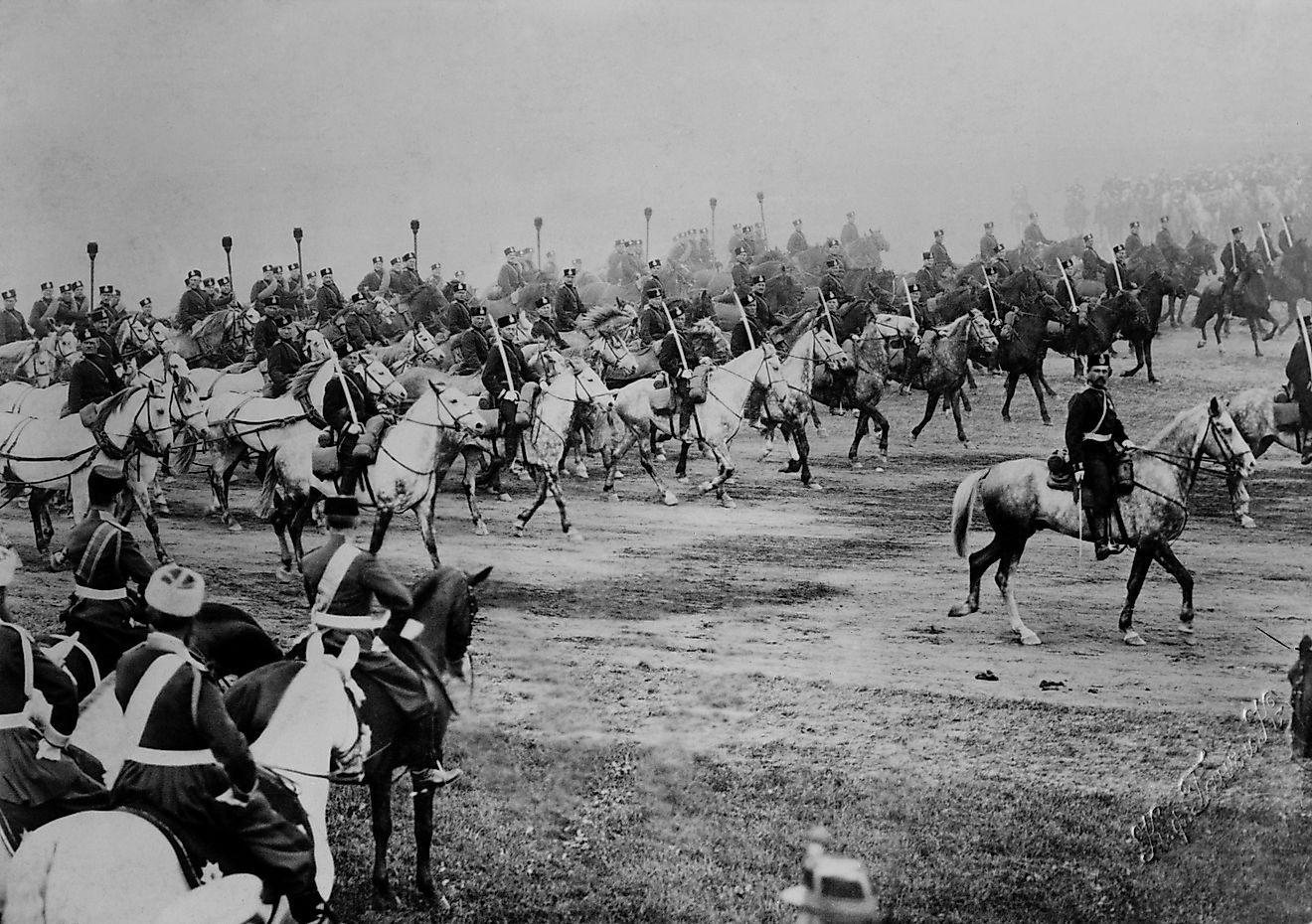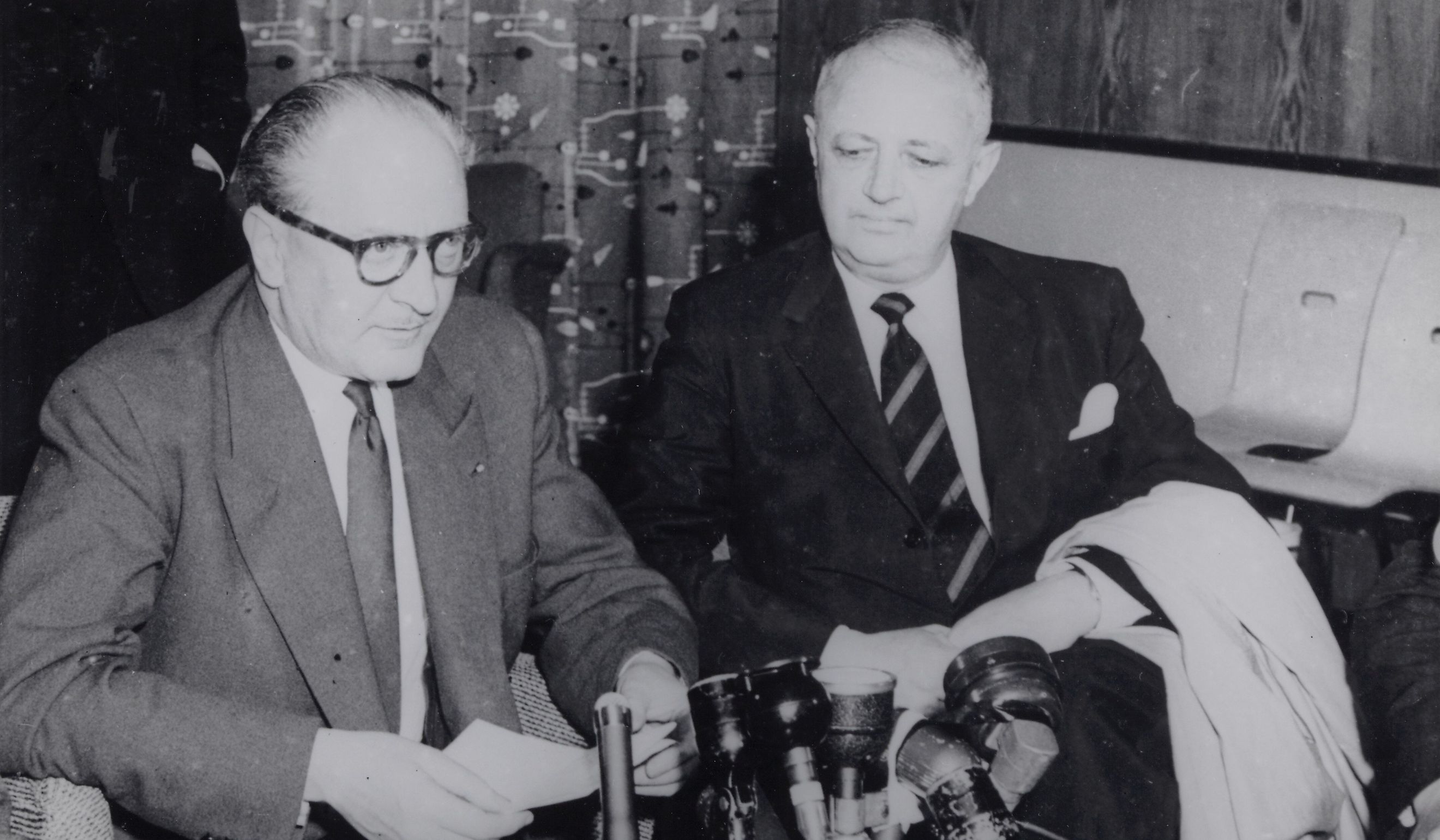
The Suez Crisis and Israel-Palestine
The Suez Crisis of 1956 (also known as the Second Arab-Israeli War and the Tripartite Aggression) is one of the most important modern historical events. Indeed, it represented the convergence of the two predominant conflicts of the second half of the 20th century: the Cold War and the Israel-Palestine conflict.
Background
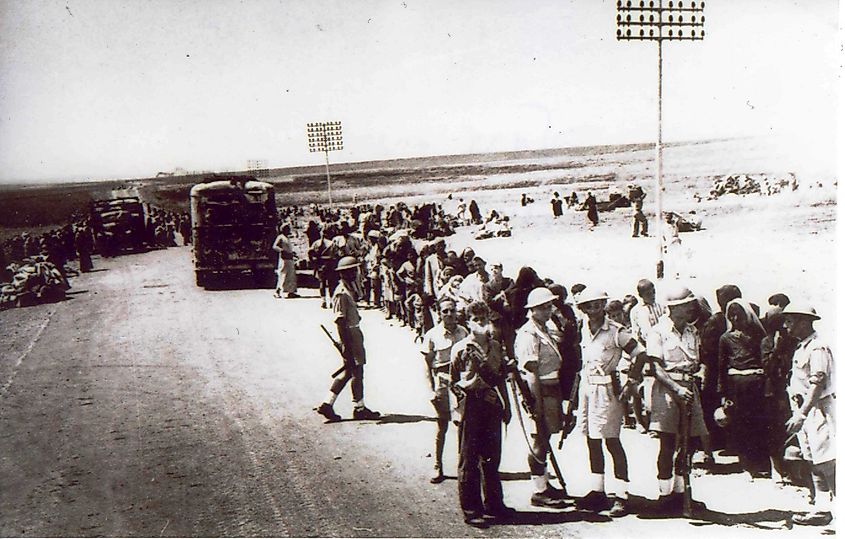
After the wars of 1947 to 1949, which saw Israel become an independent country and fight off several invading armies, between 650,000 and 750,000 Palestinians became refugees--about half of the total Palestinian population. Some refugees settled in Lebanon, with enormous implications for its proportional representation-based political system. Syria was arguably the most accepting of the Palestinians, but Jordan ended up taking in the most and granting many of them citizenship. At the same time, however, Jordan undermined Palestinian national aspirations by annexing the West Bank. Finally, about 100,000 refugees settled in Gaza, which was now under Egyptian control.
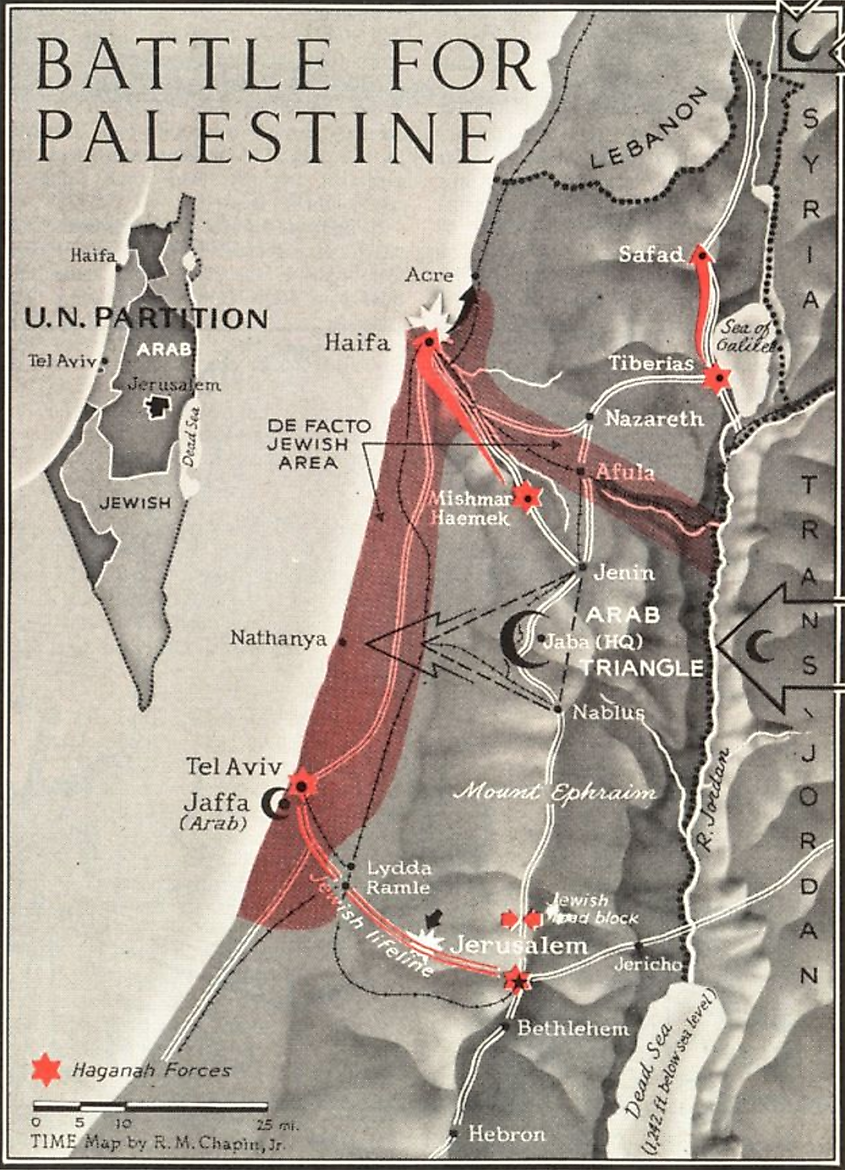
The Jordanian and Egyptian control of the West Bank and Gaza, respectively, spoke to a larger uncertainty about Israel's borders. In other words, were they going to be in accordance with the 1947 UN Partition Plan, which stated that a Jewish state would encompass about 56 percent of former mandate Palestine, or the cease-fire lines of the 1947 to 1949 wars, in which Israel came to control 78 percent of the territory? Tensions over this question were exacerbated by Israel refusing to take back the refugees and destroying Palestinian villages. These actions were influenced by Prime Minister David Ben-Gurion's foreign policy. Indeed, he believed that the Arab countries needed to be forced to accept Israel's existence, meaning that any attack on Israel would be met with even more force. This was the logic behind the 1953 Gaza raid, in which the Israeli Defense Force (IDF) attacked an Egyptian police barracks in Gaza. When paired with the broader international context, the stage was set for conflict in the coming years.
Egypt and the Cold War
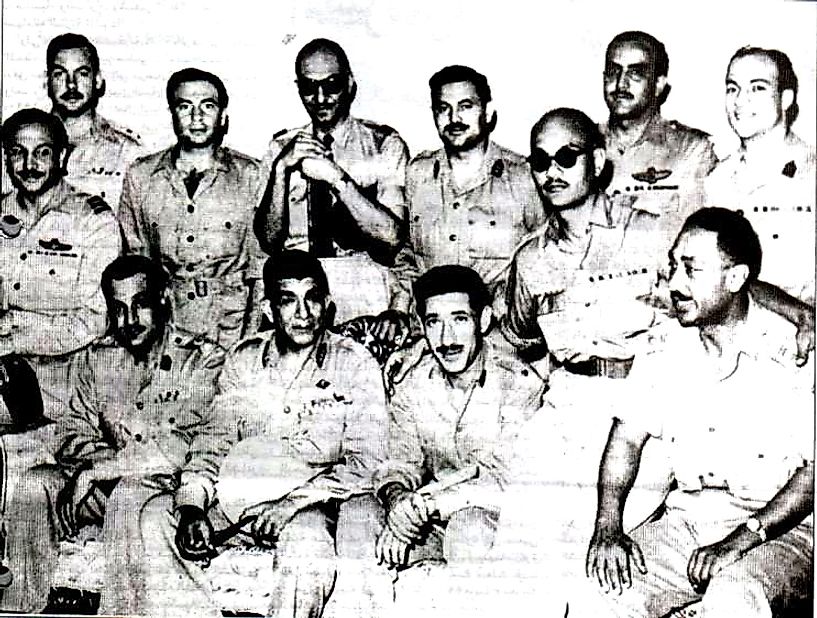
In 1952, the Free Officers Coup saw General Abdel Nasser become the de facto leader of Egypt. A pan-Arab nationalist, Nasser undertook a series of actions that appeared threatening to the West. First, in response to the Israeli raid in Gaza, Egypt procured weapons from Czechoslovakia. With Czechoslovakia in the Soviet sphere of influence, the West feared that this signified a turn towards the Eastern Bloc. Nasser also planned to build the Aswan Dam. The goal was to create a major energy source and flood the canyon behind the dam to make fertile farmland. However, perhaps due to Egypt's perceived Soviet Alliance, the United States (US) withdrew funds for this project. The Soviets ended up funding the dam.
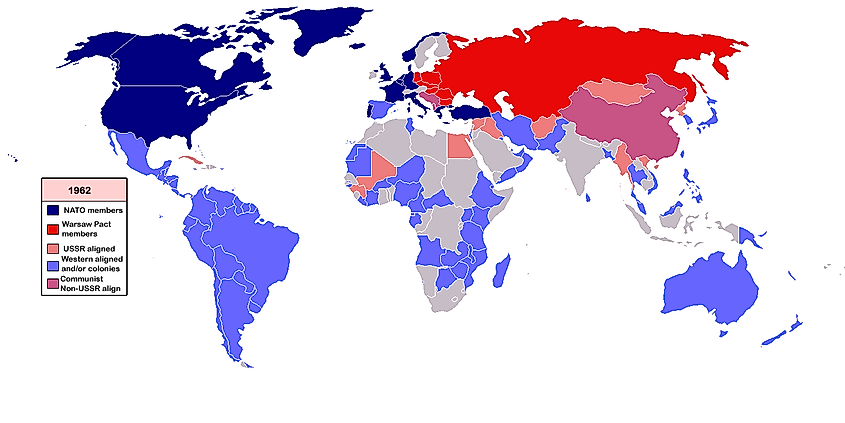
Throughout all of this, the United Kingdom (UK) was experiencing a geopolitical transformation. A great power for centuries, World War II had weakened its international status, and the UK was now struggling to find its place in a world divided between the US and the Soviet Union (USSR). One method of re-establishing itself was by acting as a regional police force. Indeed, the UK helped establish the South-East Asia Treaty Organisation (SEATO) and the Central Treaty Organisation (CENTO, also known as the Baghdad Pact), which, like the North Atlantic Treaty Organisation (NATO), were alliances meant to combat the spread of communism. Nasser saw this as a continuation of British colonial policy and wanted his own regional security arrangements. This criticism resulted in Iraq leaving CENTO, causing the British to see Nasser as a threat to their international security plans.
The Suez Crisis
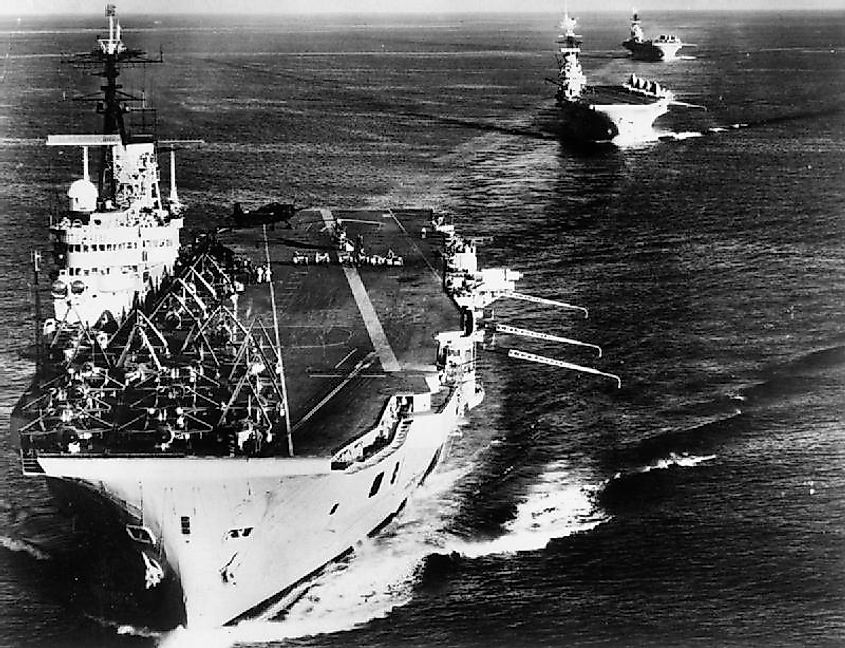
In July 1956, Nasser nationalized the Suez Canal. Arguably the most crucial passageway for international trade, allowing ships to travel directly from the Mediterranean Sea into the Red Sea and the Indian Ocean--rather than going around the Horn of Africa--this was an existential risk to Western economic and security interests. Therefore, on October 29th, 1956, the UK, France, and Israel attacked Egypt. Israeli troops overwhelmed the Egyptian forces and quickly overtook the canal. French and British paratroopers entered to deter retaliation. The goal was to humiliate Nasser and force him to step down. But, while the plan was successful militarily, it was discovered that the peacekeeping plans had been orchestrated beforehand. Thus, Nasser was not forced to step down, and the paratroopers were evacuated by the United Nations (UN) on December 22nd. Israeli soldiers withdrew three months later.
Aftermath
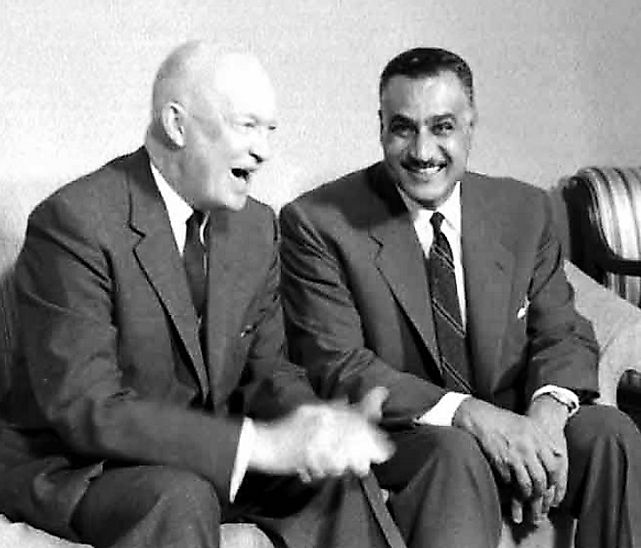
While a military defeat for Nasser, the Suez Crisis saw him emerge stronger politically. Indeed, Nasser was now the undisputed leader of the Arab nationalist movement. As for the West, American President Dwight Eisenhower was furious that the UK and France acted without consulting the US. Moreover, he viewed their plan as an example of antiquated 19th-century "gunship diplomacy." Nonetheless, recognizing the Cold War implications of Nasser's turn to the USSR, he forwarded the Eisenhower Doctrine, which assured American military aid to a Middle Eastern country if another state threatened it militarily. This was "to secure and protect the territorial integrity and political independence of such nations... against overt armed aggression from any nation controlled by international communism."
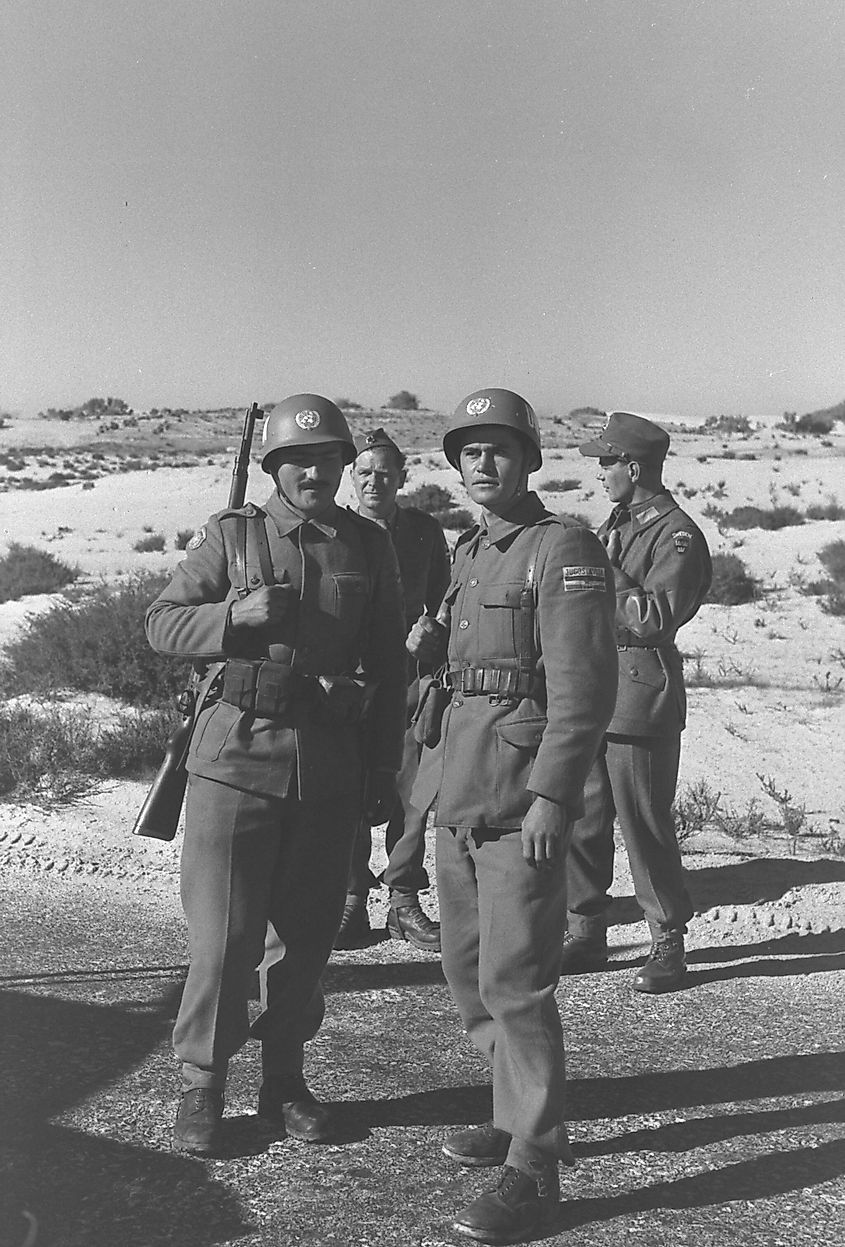
To aid Israeli-Egyptian relations, the UN established a peacekeeping force. UN peacekeepers were stationed along the Egyptian-Isreali border and at the southern tip of the Sinai Peninsula near the Straits of Tiran. Crucial for Israeli shipping, these straits had been blocked or partially blocked since 1948. Thus, the presence of peacekeepers assured Israeli access. However, Israel asserted that if Egypt ever again seized the southern tip, it would be a reason to go to war. These tensions, mixed with lingering grievances from the 1947-1949 wars, contributed to future conflicts.
Conclusion
The Suez Crisis needs to be understood in context. Occurring in the wake of the 1947-1949 wars and the Palestinian refugee crisis, it was the second major war between Israel and a neighboring Arab country. The crisis was also steeped in Cold War geopolitics, with Egypt turning towards the Soviet Bloc and the UK struggling to find its place in a bipolar world. Finally, the Suez Crisis led to the consolidation of Abdel Nasser's leadership of Egypt and the Arab nationalist movement.
